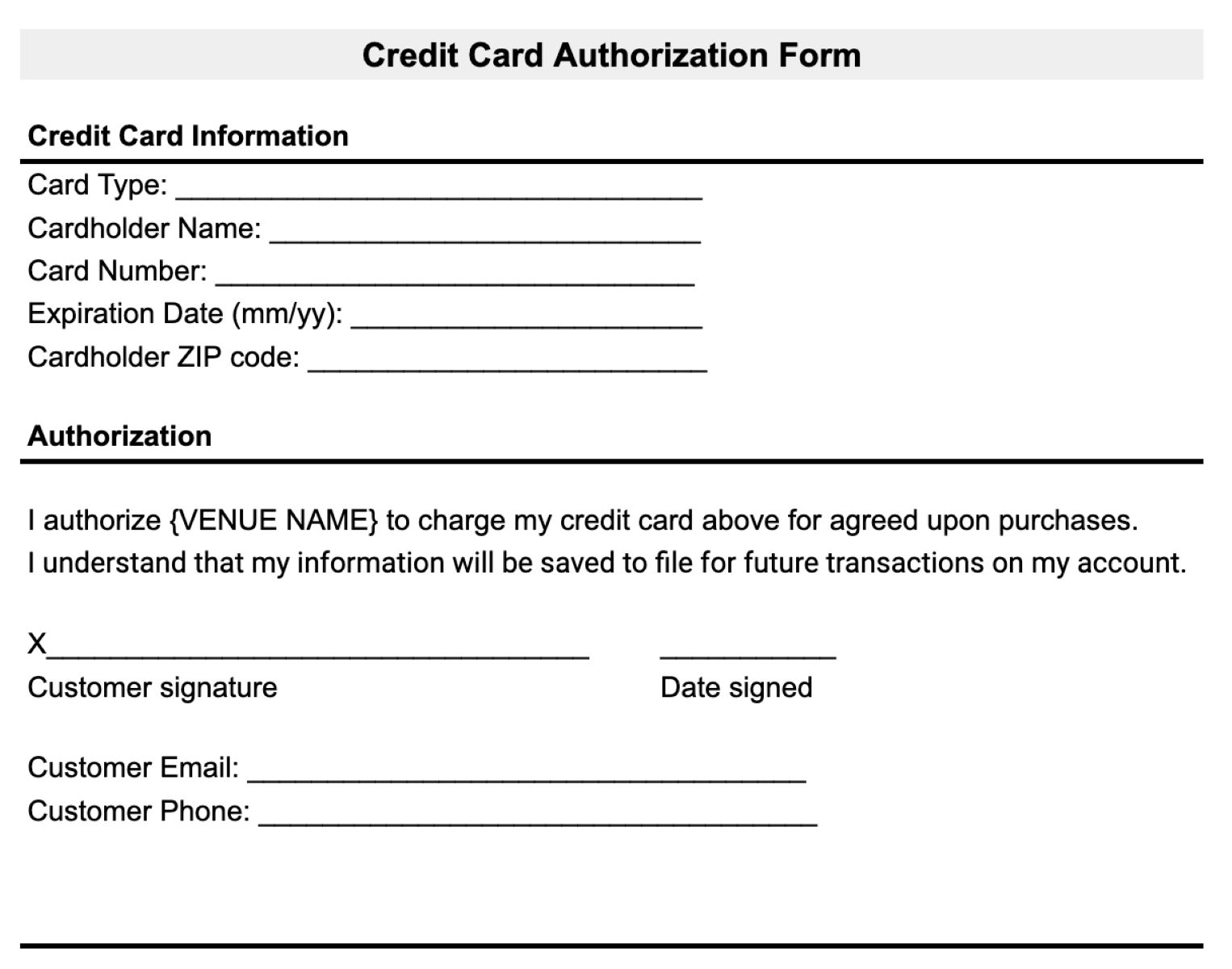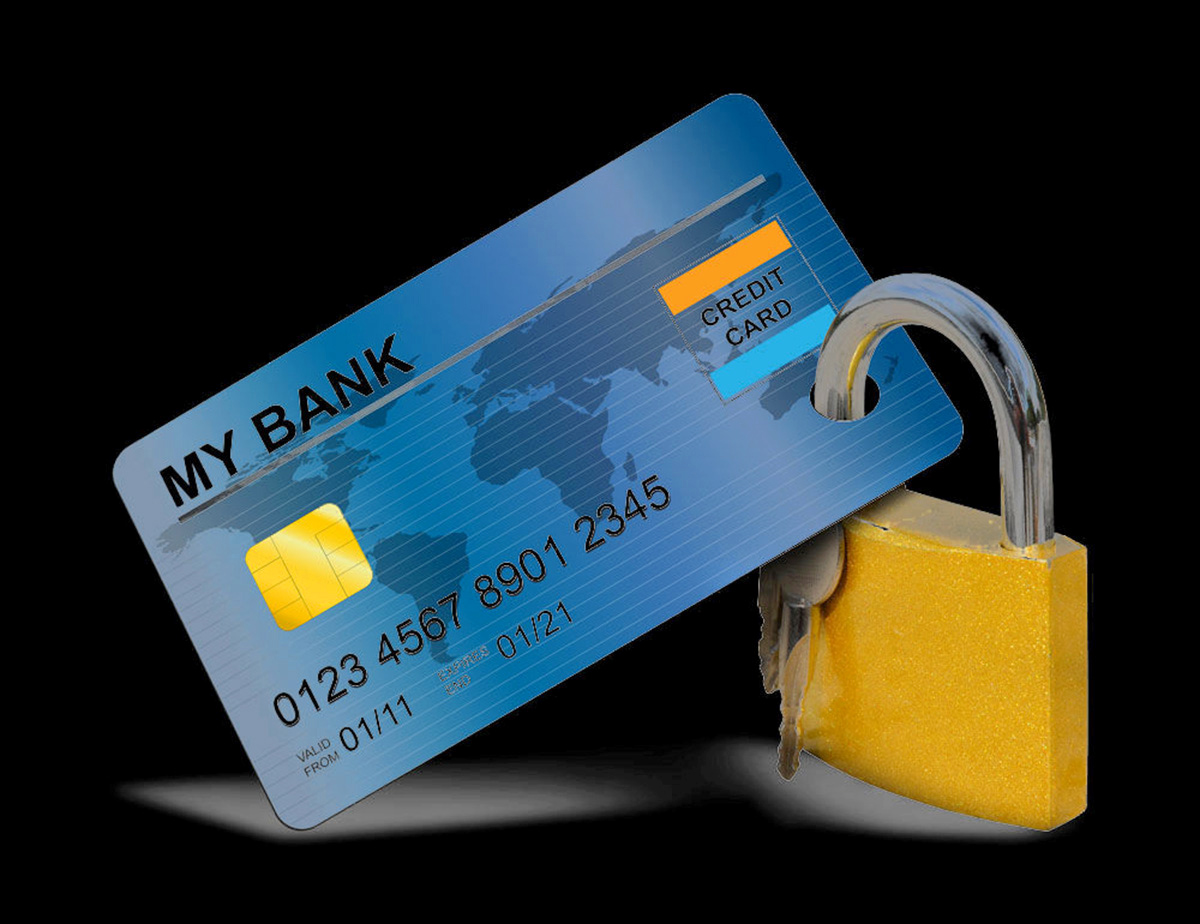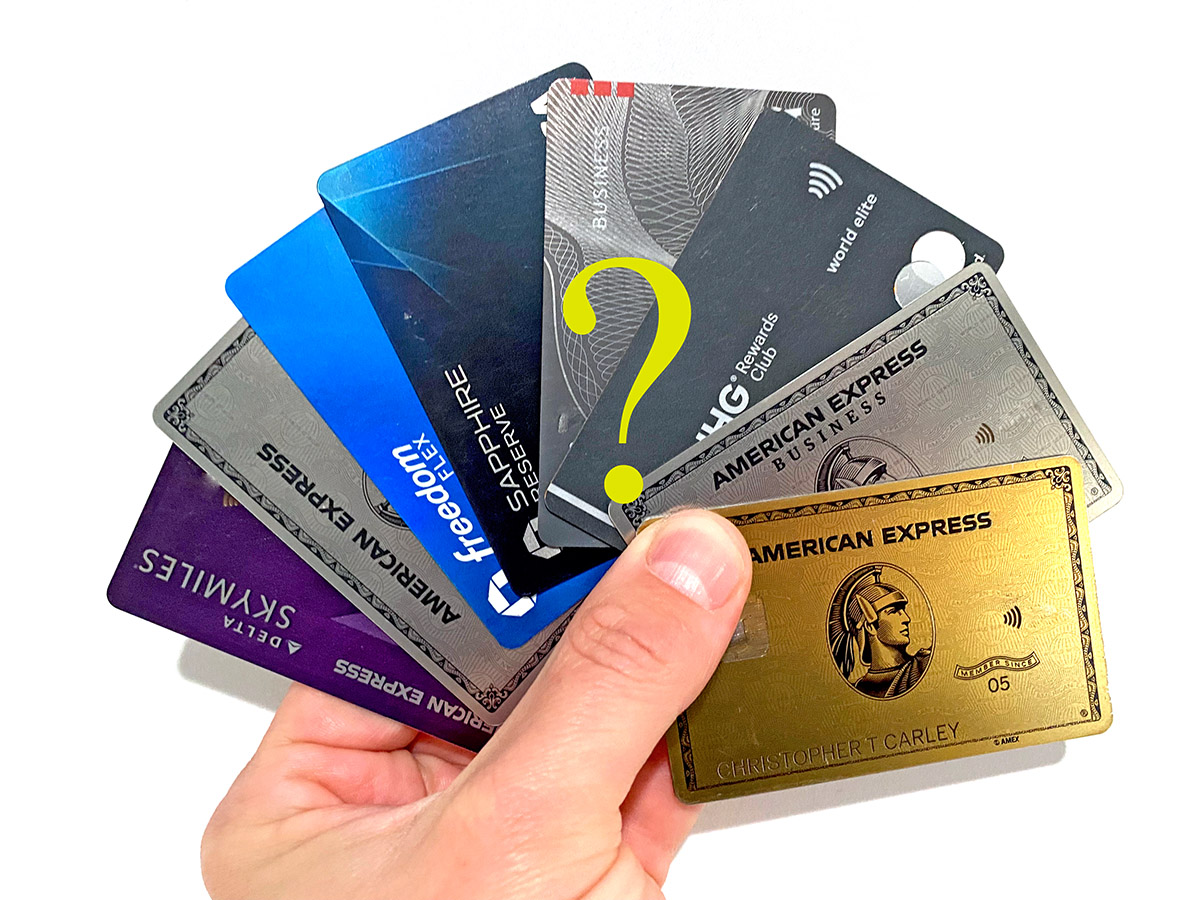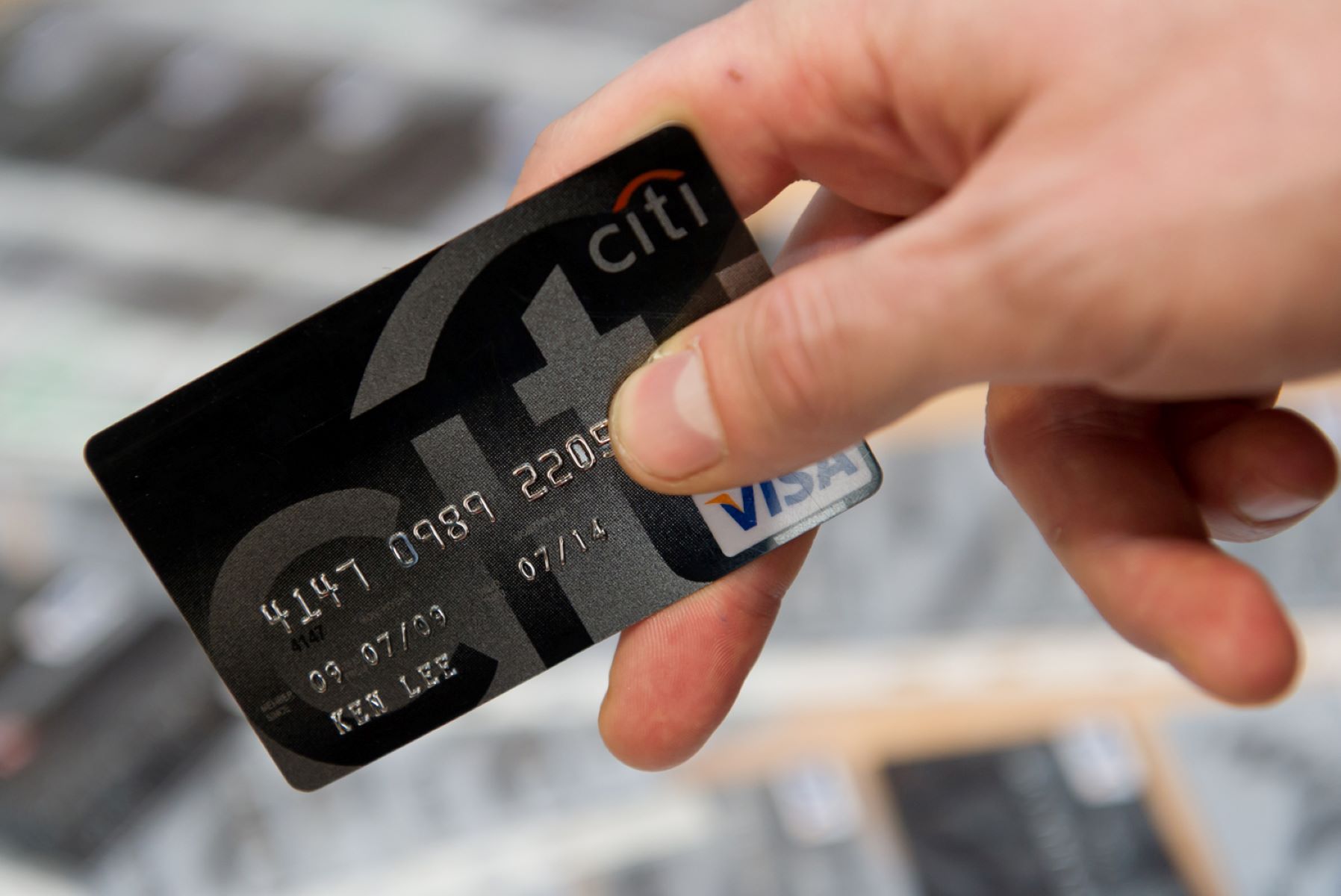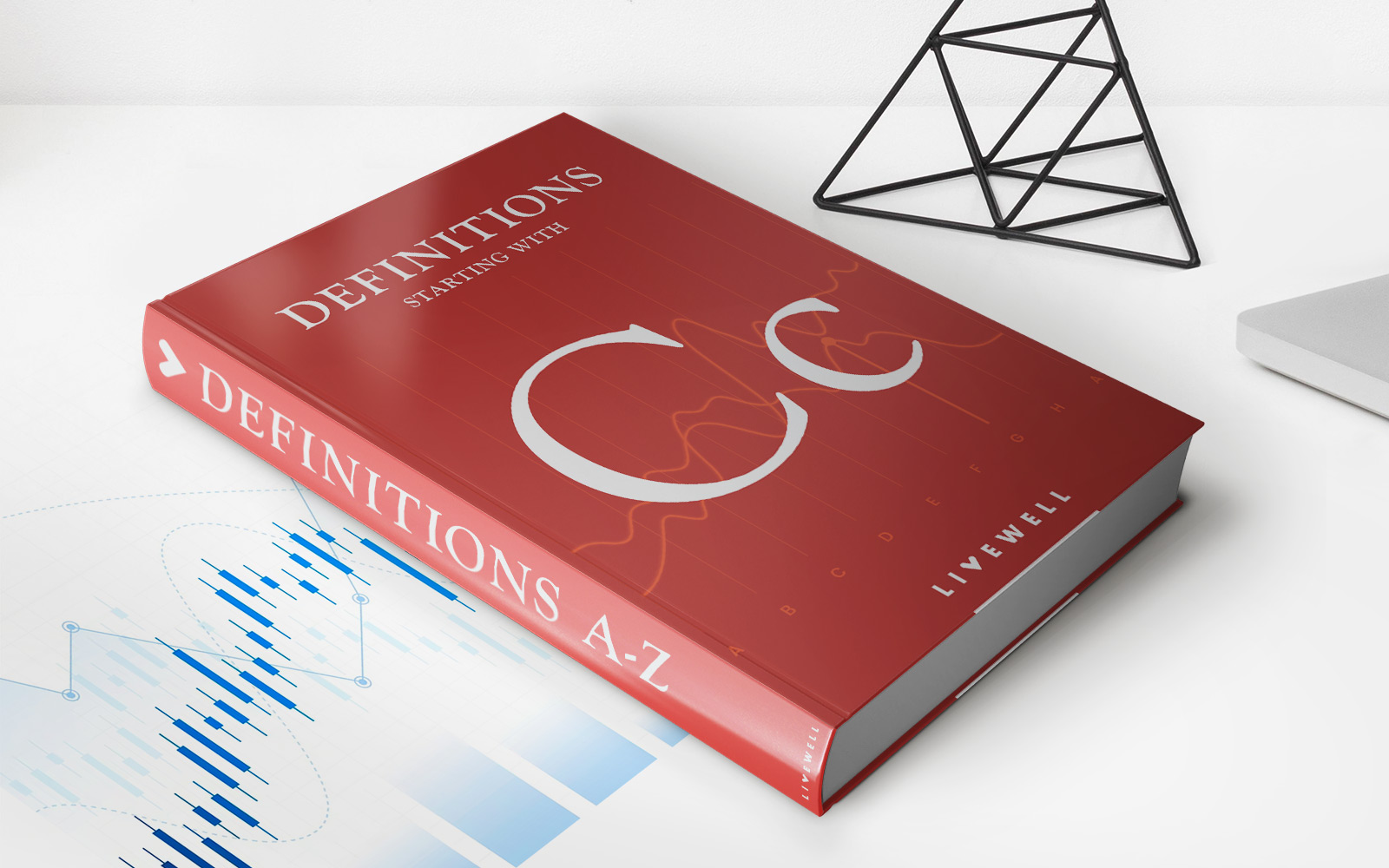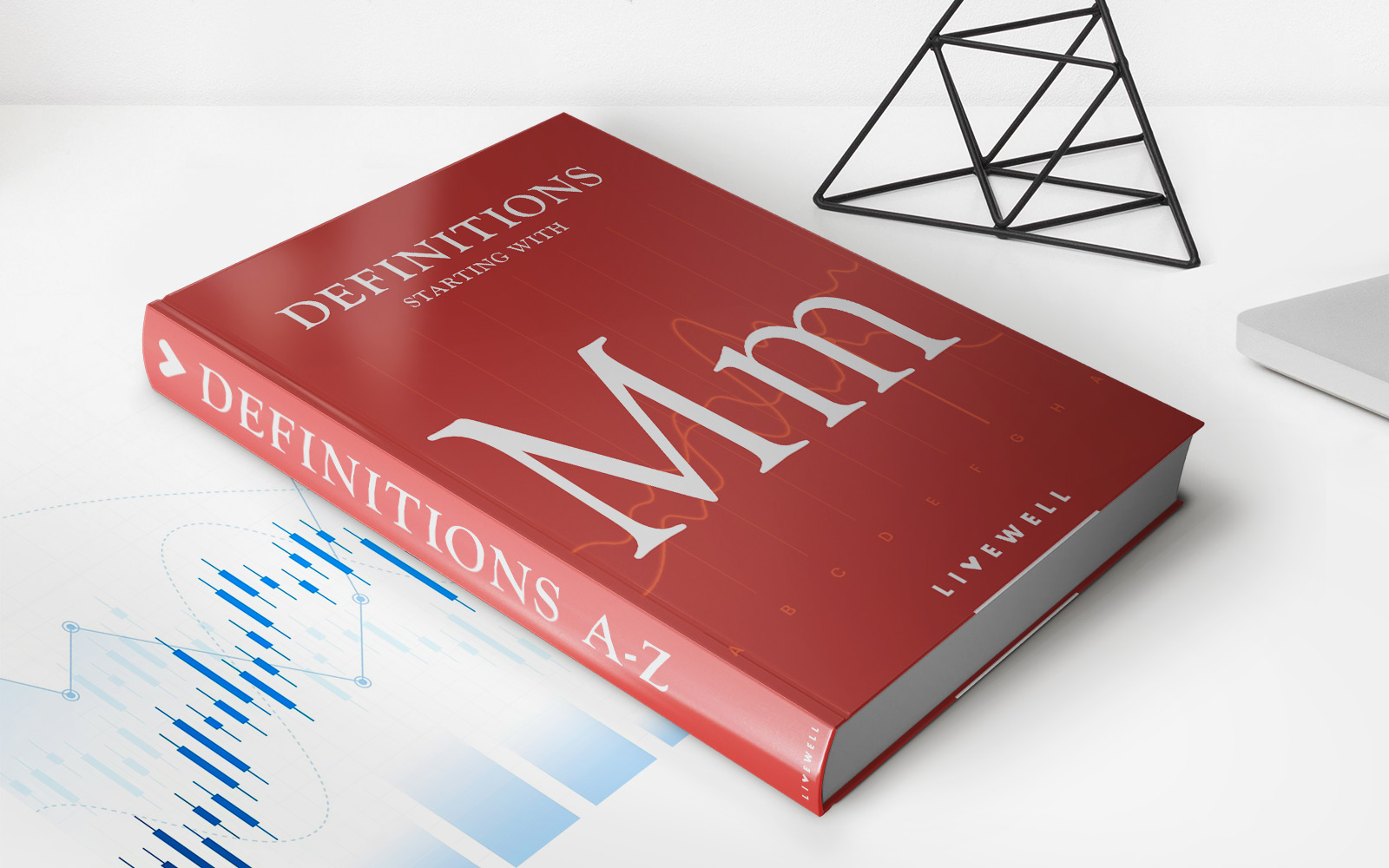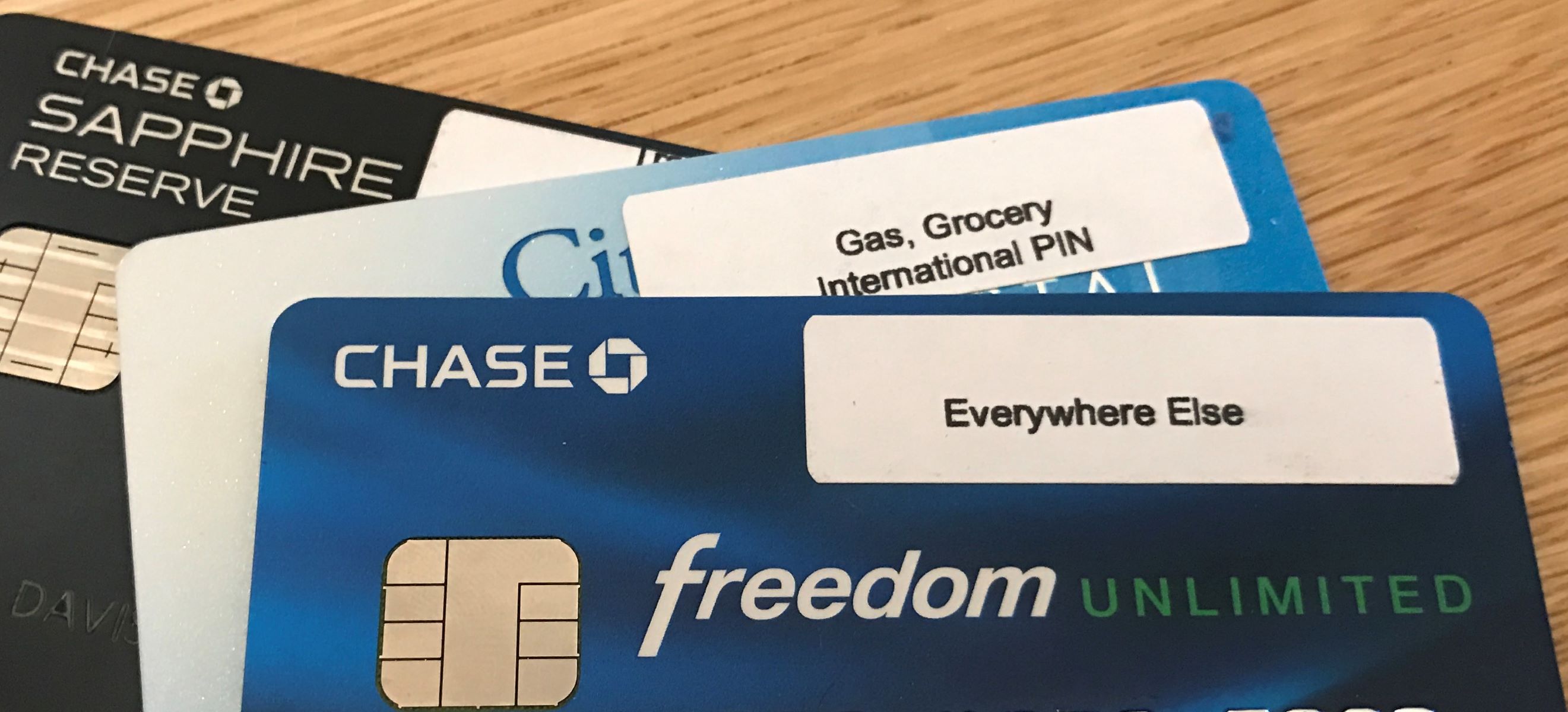

Finance
What Is Credit Card Label
Published: October 25, 2023
Learn about credit card labels and their importance in managing your finances. Find out how credit card labels can help you make informed decisions and stay on top of your financial goals.
(Many of the links in this article redirect to a specific reviewed product. Your purchase of these products through affiliate links helps to generate commission for LiveWell, at no extra cost. Learn more)
Table of Contents
Introduction
In today’s modern society, credit cards have become an integral part of our daily lives. From online shopping to making everyday purchases, credit cards offer convenience and flexibility. However, with the vast array of credit cards available in the market, it can be overwhelming for consumers to choose the one that best suits their needs. This is where credit card labels come into play.
Credit card labels provide crucial information about the features, benefits, and terms of a particular credit card. They act as a guide for consumers, helping them make informed decisions based on their financial goals and circumstances. Understanding credit card labels is essential for anyone looking to maximize the benefits of their credit cards and avoid potential pitfalls.
In this article, we will delve into the concept of credit card labels and explore their importance in helping consumers navigate the complex world of credit cards. We will also discuss common credit card labels, how they impact consumers, and provide tips on how to choose a credit card with the right label.
So, whether you are a first-time credit card user or someone looking to upgrade your existing credit card, read on to discover the ins and outs of credit card labels and how they can work in your favor.
Definition of Credit Card Label
A credit card label refers to a specific categorization or designation assigned to a credit card based on its features, benefits, and target audience. It is a way for credit card issuers to differentiate their products and attract specific types of consumers. Each credit card label represents a distinct set of offerings and terms, providing cardholders with a clear understanding of what they can expect from their credit card.
Credit card labels are often prominently displayed on the credit card itself and are also highlighted in marketing materials and online platforms. These labels are designed to catch the attention of potential customers and give them a quick overview of the card’s key attributes. They help consumers quickly identify whether a particular credit card aligns with their financial needs and goals.
While credit cards may have multiple features and benefits, the label serves as a concise summary of the card’s primary advantages. For example, a credit card label may indicate that the card offers cash back rewards, travel perks, low-interest rates, or a combination of these features. The label sets the card apart from others in the market and allows consumers to make more targeted comparisons when choosing a credit card.
Furthermore, credit card labels can also be indicative of the card’s target audience. Some labels are tailored to specific demographic groups, such as students, frequent travelers, or small business owners. By understanding the label, potential cardholders can determine if the credit card is designed to meet their unique needs and lifestyle.
It’s important to note that credit card labels are not standardized across the industry. Each credit card issuer has the flexibility to create their own labels and categorizations based on their marketing strategies and product offerings. This means that different credit card brands may use different labels to describe similar features or benefits. Therefore, it is crucial for consumers to carefully review the terms and conditions of a credit card, rather than relying solely on the label.
Now that we have established what credit card labels are, let’s explore why they are important in the next section.
Importance of Credit Card Labels
Credit card labels play a significant role in helping consumers make informed decisions about their credit card choices. Here are several key reasons why credit card labels are important:
- Clarity and Transparency: Credit card labels provide a clear and concise summary of the card’s features and benefits. They allow consumers to quickly understand what the card offers and whether it aligns with their financial needs. Labels help avoid confusion and ensure transparency in the credit card selection process.
- Better Comparisons: With the multitude of credit cards available, it can be challenging for consumers to compare their options. Credit card labels simplify the comparison process by highlighting the unique selling points of each card. By comparing labels side by side, consumers can quickly see which card offers the most value for their specific requirements.
- Targeted Offerings: Credit card labels often cater to specific demographics or consumer needs. By having a clear label, credit card issuers can target their ideal audience. For example, a label targeting frequent travelers may mention travel rewards and airport lounge access, while a label aimed at students may emphasize low annual fees and cashback on everyday expenses. This targeting helps consumers find the card that best suits their lifestyle and financial goals.
- Protection from Hidden Fees: Credit card labels are not just about the perks and benefits; they also include crucial information about the terms and conditions of the card. This includes details about annual fees, interest rates, foreign transaction fees, and late payment charges. By reviewing the label, consumers can easily identify potential hidden fees and make more informed decisions about their card usage.
- Maximizing Benefits: Understanding the credit card label can help cardholders take full advantage of the card’s features and benefits. By knowing what perks are available, such as cashback on specific categories or discounts with partner merchants, consumers can make strategic decisions to earn and redeem rewards effectively. This knowledge allows cardholders to optimize their credit card usage and get the most out of their card benefits.
Overall, credit card labels serve as a valuable tool for consumers, empowering them to make educated choices when selecting a credit card. By providing clarity, facilitating comparisons, targeting specific needs, and enabling consumers to maximize benefits, credit card labels bring transparency and efficiency to the credit card selection process.
In the next section, we will explore some of the common credit card labels found in the market today.
Common Credit Card Labels
When it comes to credit cards, there are several common labels that you may come across. Each label represents a specific category or set of features that the credit card offers. Familiarizing yourself with these labels can help you better understand the options available in the market. Here are some common credit card labels:
- Rewards: This label is typically associated with credit cards that offer various rewards programs. These programs allow cardholders to earn points, miles, or cashback on their purchases. Rewards credit cards often come with additional perks like bonus points for specific spending categories, sign-up bonuses, or access to exclusive events or experiences.
- Travel: Credit cards with the travel label are specifically tailored for frequent travelers. They often come with features such as travel insurance, airport lounge access, discounted or free checked bags, and rewards for airline or hotel spending. These cards may also offer benefits like no foreign transaction fees or personalized travel assistance services.
- Cash Back: This label denotes credit cards that provide cashback on eligible purchases. Cardholders earn a certain percentage of cashback, which may vary based on spending categories or promotional offers. Cashback credit cards often have straightforward redemption options, allowing cardholders to redeem their cashback as statement credits, checks, or direct deposits into their bank accounts.
- Balance Transfer: Some credit cards specialize in balance transfers. These cards allow individuals to transfer their outstanding balances from higher interest rate cards to a card with a lower or 0% introductory APR (Annual Percentage Rate). Balance transfer credit cards often come with promotional periods during which the transferred balance accrues little to no interest, helping individuals save money on interest charges and pay off their debt more effectively.
- Student: Credit cards labeled as student cards are designed specifically for students who may have limited credit history. These cards often have lower credit limits, fewer fees, and features tailored to student needs. They can also provide opportunities for students to build credit responsibly and learn about financial management while enjoying specific perks like cashback on purchases or rewards for good grades.
- Business: Business credit cards cater to small business owners and entrepreneurs. These cards offer features and benefits specific to business needs, such as expense tracking tools, employee spending controls, customizable spending limits, and rewards for business-related purchases. They provide a convenient way for businesses to manage their expenses while earning rewards or cashback on their spending.
These are just a few examples of the common credit card labels you may encounter while exploring credit card options. It’s important to note that not all credit cards fit neatly into one specific label; some cards may have a combination of features or offer rewards that can be customized to individual preferences. Therefore, it is essential to carefully review the terms and conditions of each card to understand its full range of benefits.
Now that we have covered the common credit card labels, let’s delve into how credit card labels can impact consumers.
How Credit Card Labels Affect Consumers
Credit card labels have a significant impact on consumers, influencing their decisions and shaping their credit card usage. Here are some ways in which credit card labels can affect consumers:
- Attracting Targeted Consumers: Credit card labels are designed to appeal to specific consumer segments. By using labels such as “student,” “travel,” or “business,” credit card issuers can target and attract individuals who fall into those categories. This targeted approach ensures that consumers find credit cards that align with their needs and preferences.
- Guiding Decision Making: Credit card labels serve as a guide for consumers when choosing a credit card. By providing a clear summary of the card’s features, benefits, and target audience, labels help individuals quickly identify which cards are most relevant to their financial goals. This guidance streamlines the decision-making process, saving consumers time and effort.
- Influencing Spending Behavior: The features and perks associated with credit card labels can influence how consumers use their cards. For example, a card labeled as “cash back” may incentivize individuals to make everyday purchases using that specific card in order to earn cashback rewards. Similarly, a card labeled for “travel” may encourage individuals to prioritize travel expenses on that card in order to maximize travel-related rewards and benefits.
- Shaping Financial Habits: Credit card labels can also shape consumers’ financial habits. For instance, if a card has a label emphasizing responsible credit use or building credit, it may attract individuals who are looking to establish or improve their credit history. These labels may include features such as credit monitoring, credit score tracking, or tools to help cardholders manage their credit effectively.
- Providing Value and Benefits: Credit card labels highlight the benefits and perks associated with each card. This information helps consumers assess the value they can derive from a particular credit card. For example, a label indicating “travel” may promise benefits like airport lounge access or travel insurance, enhancing the overall value proposition of the card.
- Encouraging Responsible Credit Card Usage: Certain credit card labels, such as “building credit” or “responsible credit use,” may be geared towards individuals who are starting or rebuilding their credit. These labels often come with educational resources, credit monitoring tools, and features that encourage responsible credit card usage. By selecting cards with these labels, consumers can embark on a journey towards better financial habits and improved credit profiles.
It is important for consumers to thoroughly understand how credit card labels can impact their financial decisions. While labels provide a helpful starting point, it is essential to review the terms and conditions of each credit card to ensure it aligns with individual needs, lifestyle, and budget.
Next, let’s explore the importance of understanding the terms and conditions associated with credit card labels.
Understanding Credit Card Label Terms and Conditions
While credit card labels provide a summary of the features and benefits of a card, it is crucial for consumers to delve deeper into the terms and conditions associated with each label. Understanding the fine print can help individuals make informed decisions and avoid unwanted surprises or hidden charges. Here are some key considerations when it comes to understanding credit card label terms and conditions:
- Interest Rates: Take note of the annual percentage rate (APR) associated with the credit card. This rate determines the cost of borrowing money on the card. Credit cards may have different APRs for purchases, balance transfers, and cash advances. It is essential to understand how and when these rates may change, such as during promotional periods or after missed payments.
- Fees: Credit card fees can include annual fees, late payment fees, foreign transaction fees, balance transfer fees, and more. Carefully review the fee structure to understand when these fees may apply and how much they could potentially cost. Some credit cards offer fee waivers or reduced fees for certain periods, so it’s important to consider these factors before committing to a card.
- Rewards Program Details: If the credit card label highlights rewards or cashback programs, it is important to understand how these programs work. Look for details on earning rates, redemption options, expiration dates for rewards, and any restrictions or limitations that may apply, such as minimum spending requirements or specific categories for earning rewards.
- Introductory Offers: Some credit cards may come with introductory offers, such as 0% APR for a certain period or bonus points upon sign-up. It is crucial to understand the terms and duration of these offers. Pay attention to when the promotional period ends and what the regular terms will be after the introductory period.
- Credit Limit and Credit Card Usage: Review the credit limit associated with the card and any restrictions on its usage. Understand whether the credit limit can be increased over time and if there are penalties or fees for exceeding the limit. Additionally, familiarize yourself with any restrictions on where the credit card can be used, such as certain merchants or countries.
- Grace Period: The grace period refers to the time between when the billing cycle ends and the payment due date. It allows cardholders to pay their balance in full without incurring interest charges. Review the credit card’s grace period to understand how long you have to make payments without accruing interest and any conditions or exceptions that may apply.
- Penalties and Consequences: Be aware of the penalties and consequences for late payments, missed payments, or going over the credit limit. Understanding these penalties can help you avoid unnecessary fees and negative impact on your credit score.
It is recommended to carefully review the terms and conditions of a credit card before applying. If you have any questions or need clarification, don’t hesitate to reach out to the credit card issuer directly. By understanding the terms and conditions associated with the credit card label, you can make well-informed decisions and avoid any surprises or financial pitfalls down the line.
In the next section, we will provide some helpful tips for choosing a credit card with the right label.
Tips for Choosing a Credit Card with the Right Label
Choosing the right credit card with the most suitable label can greatly enhance your financial journey. To help you make an informed decision, consider the following tips when selecting a credit card:
- Evaluate Your Needs: Start by assessing your spending habits, financial goals, and lifestyle. Understand what you value most in a credit card, whether it’s rewards, low interest rates, travel perks, or specific benefits geared towards your needs.
- Research Different Labels: Familiarize yourself with the various credit card labels available. Understand the features and benefits associated with each label and determine which ones align with your goals and preferences. Consider labels that resonate with your spending patterns and offer the most desirable perks.
- Compare Terms and Conditions: When you come across credit cards with labels that match your requirements, thoroughly review the terms and conditions. Pay attention to interest rates, annual fees, reward programs, promotional offers, and any restrictions or fees that may apply. Compare these factors across different cards to make an informed decision.
- Consider Your Credit Score: Your credit score plays a vital role in determining your eligibility for certain credit cards. Some labels may be designed specifically for individuals with excellent credit scores, while others cater to those with limited or fair credit histories. Keep your credit score in mind when choosing a credit card to increase your chances of approval.
- Assess the Value of Rewards: If a credit card offers rewards or cashback, consider the value and redemption options available. Evaluate the earning potential of the rewards program and assess if the rewards align with your spending habits and preferences.
- Review Fees and Penalties: Take note of the fees associated with the credit card, including annual fees, late payment fees, and balance transfer fees. Consider how these fees may impact the overall value and cost-effectiveness of the card. Additionally, be aware of the penalties for missed payments or exceeding your credit limit.
- Read Reviews and Seek Recommendations: Take advantage of online resources and read reviews of credit cards that interest you. Look for feedback from other cardholders to gain insights into the customer experience and the overall satisfaction with the card.
- Consider Additional Benefits: Look beyond the label and explore any additional benefits that the credit card may offer. This could include travel insurance, purchase protection, extended warranty coverage, or access to exclusive events. These additional perks can enhance the value of the credit card and cater to your specific needs.
- Seek Expert Advice: If you have specific financial goals or unique circumstances, consider seeking advice from a financial advisor or credit card expert. They can provide personalized guidance based on your individual needs and help you choose the credit card with the most suitable label.
By following these tips, you can narrow down your choices and select a credit card with the right label that matches your financial objectives and lifestyle. Remember to carefully review the terms and conditions before applying, and keep an eye on your credit utilization and payment behavior to maximize the benefits of your chosen credit card.
Let’s conclude with a brief summary of the importance of credit card labels and how they can impact your credit card usage and financial decisions.
Conclusion
Credit card labels provide consumers with valuable information about the features, benefits, and terms of different credit cards. They play a crucial role in helping individuals navigate the vast array of credit card options available in the market. By understanding credit card labels, consumers can make informed decisions, choose cards that align with their financial goals, and maximize the benefits of their credit card usage.
Throughout this article, we have explored the definition of credit card labels and their importance in the credit card selection process. We have discussed common credit card labels such as rewards, travel, cashback, balance transfer, student, and business, highlighting the specific benefits and target audiences associated with each label. We have also examined how credit card labels can influence consumers’ spending behavior, shape their financial habits, and provide targeted offerings to meet their unique needs.
Furthermore, we emphasized the significance of understanding the terms and conditions associated with credit card labels. By paying attention to interest rates, fees, rewards programs, and penalties, consumers can make well-informed decisions and avoid unexpected surprises or hidden charges.
To choose the right credit card with the most suitable label, we provided several tips, including evaluating one’s needs, researching different labels, comparing terms and conditions, considering credit score, assessing the value of rewards, reviewing fees and penalties, reading reviews, and seeking expert advice if needed. These tips can guide consumers in selecting a credit card that aligns with their financial goals and offers the most value in terms of rewards, benefits, and fees.
In conclusion, credit card labels serve as powerful tools that empower consumers to make informed decisions when choosing a credit card. By understanding these labels, consumers can find cards that cater to their unique needs, maximize the benefits they receive, and ultimately enhance their overall financial well-being.
